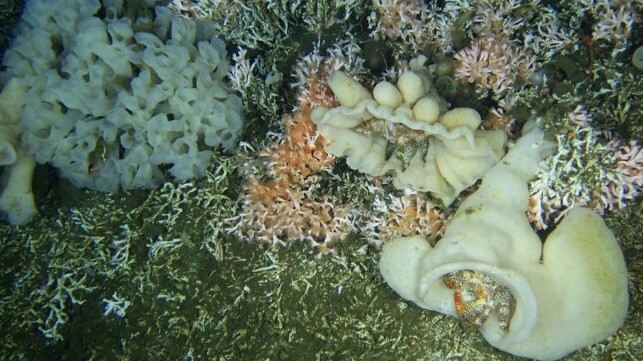Canada Bans Bottom Trawling Near its Only Pacific Coral Reef

Canada has closed its only known live coral reef in the Pacific Ocean to all commercial and recreational bottom-contact fishing, including midwater trawling. The indefinite closure came into effect on February 14, 2024, according to Fisheries and Oceans Canada (DFO).
Located in Finlayson Channel, northern British Colombia, the site is a largely pristine cold-water live coral reef, which contains unique habitats, high biodiversity and has cultural significance to indigenous communities such as the Xai’xais and the Heiltsuk. It is the northernmost reef known in the Pacific Ocean.
The reef was first discovered in 2021 and mapped in 2022, following a joint effort involving federal authorities, civil society and indigenous communities. Currently, the coral reef is identified within the Northern Shelf Bioregion Marine Protected Area’s Network Action Plan, and is a proposed Parks Canada National Marine Conservation Area Reserve (NMCAR), which is in the feasibility assessment stage at the moment.
While the reef is remote and not widely fished, DFO has seen evidence of physical damage to the living coral, likely caused by bottom-contact fisheries. The protective measure is also based on a significant scientific discovery as this site, although small, is a globally unique reef that is susceptible to damage.
“This hidden hotspot is like a tropical coral reef but in the dark. When we ‘turn on the lights’ we see mounds and valleys, crabs, octopus, schools of fish and more,” said Dr. Cherisse Du Preez, Head of the Deep-Sea Ecology Program with DFO.
Another remarkable aspect is that the long margins of the coral reef touch and co-exist with glass sponge reefs. Since this is the only coral reef known to occur in Pacific Canada and glass sponge reefs only happen here, these margins may be the only place on Earth where this incredible interspecies relationship exists, added Dr. Preez.
Canada has another Lophelia reef along the edge of the Scotian Shelf, off the Canadian Atlantic coast. A Coral Conservation Area was established around it to support its recovery from significant historic damage.
